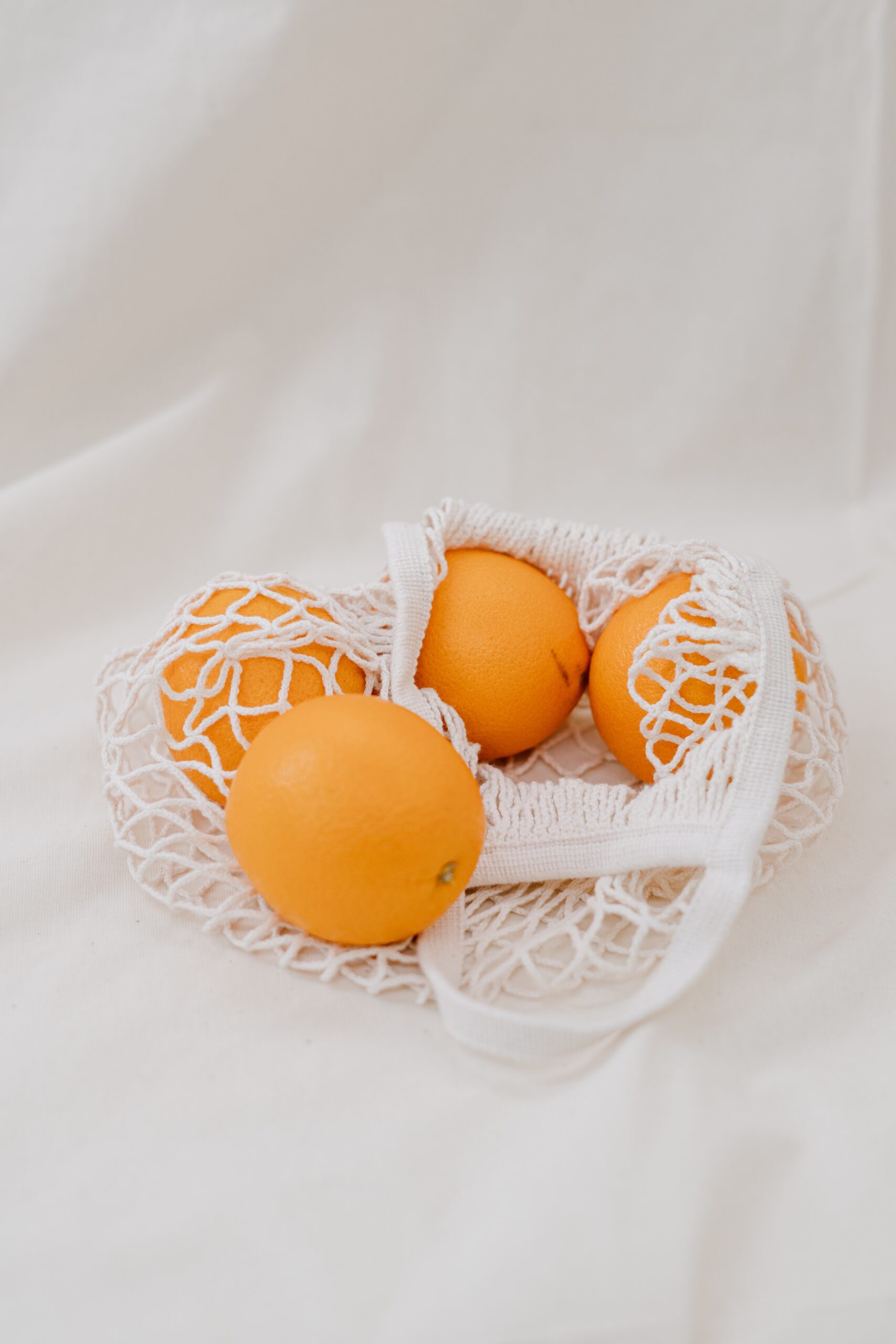
Oranges are a popular fruit for juicing, providing a delicious and refreshing source of vitamin C, fibre, and other nutrients. With so many varieties of oranges available, it can be difficult to know which ones are best for juicing. In this post, we will take a look at some of the best oranges for juicing, so you can enjoy a glass of freshly squeezed orange juice or know which orange to add to your favourite juicing recipe.
Benefits of Juicing Oranges vs Eating Oranges
Both juicing oranges and eating oranges have their own unique benefits. Here are some of the benefits of each:
Benefits of juicing oranges
Easy to digest:
Juicing oranges removes the fibre from the fruit, making it easier for the body to absorb the vitamins and nutrients.
Concentrated nutrition:
Juicing allows you to extract more juice from a single orange, providing a higher concentration of vitamins and minerals in a single serving.
Absorption of antioxidants:
The high levels of antioxidants in orange juice can be easily absorbed into the bloodstream, providing a quick and effective boost to the immune system.
Hydration:
Orange juice is a great source of hydration, especially in the summer.
Suggested: Can you Freeze Orange Juice?
Benefits of eating oranges
Fibre:
Eating whole oranges provides a good source of fibre, which is important for maintaining healthy digestion and supporting satiety.
Long-lasting energy:
The fibre in oranges helps to slow down the release of sugar into the bloodstream, providing a sustained source of energy.
Better for weight management:
Eating whole oranges is more filling than drinking juice, making it easier to manage your weight and avoid overeating.
Chewing sensation:
Chewing the flesh of an orange can be a satisfying and enjoyable experience that can help improve oral health and stimulate the production of digestive juices.
Both juicing oranges and eating oranges have their own unique benefits, and both can be a part of a healthy diet. The best option for you depends on your personal preference and health goals.
Suggested Recipe: Winter Citrus Salad with a Honey Mustard Vinaigrette

Top Tips for Juicing Oranges
Juicing oranges at home can be a great way to enjoy a fresh and healthy drink, but it can also be a bit of a challenge if you’re not familiar with the process. Here are some tips to help you get the most out of your oranges when juicing:
Choose ripe oranges:
Ripe oranges are easier to juice and will produce more juice than unripe or overripe oranges. Look for oranges that are heavy for their size and have thin skin, as these are signs of a ripe fruit.
Use a high-quality juicer:
A good juicer can make all the difference when it comes to juicing oranges. Look for a juicer that is designed specifically for citrus fruits, as these will be better suited to handle the tough skin and pith of an orange.
Peel the oranges:
Before juicing, you can peel the oranges. This will help to prevent any bitter flavors from leaching into your juice. You can either use a knife to cut away the skin or use a citrus zester to remove just the outer layer.
Remove the seeds:
Oranges typically have a small number of seeds, so it’s a good idea to remove these before juicing. Simply cut the orange in half and scoop out any seeds that you find.
Store your juice in an airtight container:
Freshly squeezed orange juice can begin to ferment within a few hours of being made, so it’s important to store it in an airtight container in the refrigerator. This will help to preserve the flavor and nutrients of your juice for longer.
Experiment with different types of oranges:
Different types of oranges, such as navel, Valencia, blood, Cara Cara, and Satsuma, have their own unique flavors and textures, so feel free to experiment with different types to find your favorite.
By following these tips, you can enjoy a delicious glass of freshly squeezed orange juice that is packed with nutrients and flavor. Whether you’re looking to start your day on a healthy note or simply enjoy a refreshing drink, juicing oranges is a great option.
Suggested Recipe: Orange, Grilled Halloumi and Kale Salad
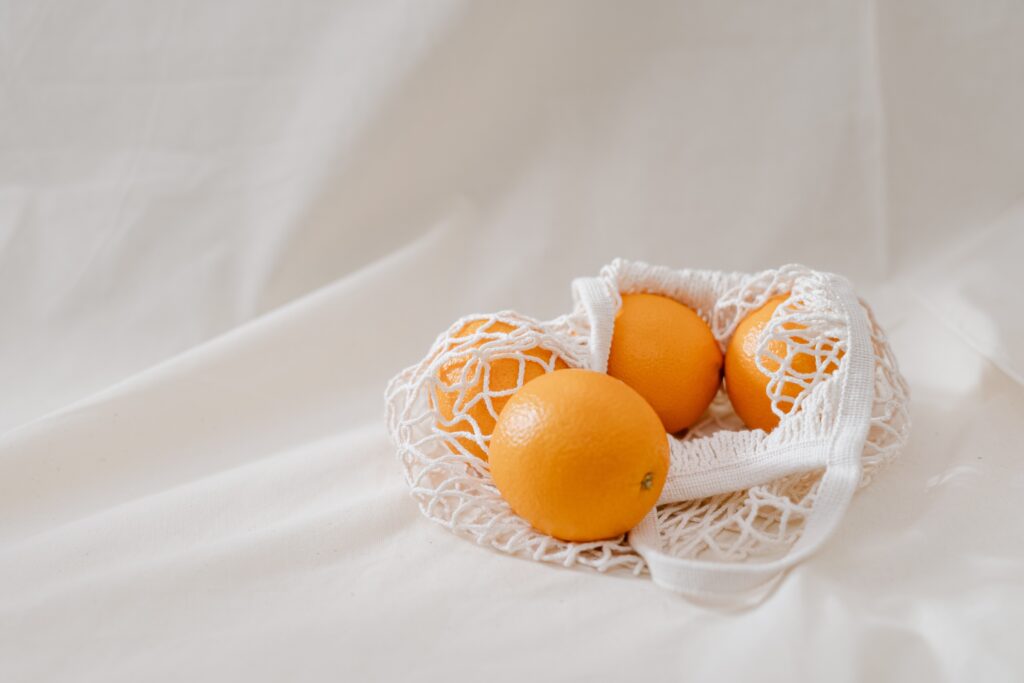
Best Types of Oranges for Juicing
Navel Oranges:
Navel oranges are a type of sweet, seedless orange that is commonly used for juicing. They have a thick skin that is easy to peel, making them a convenient choice for juicing. Navel oranges have a sweet and juicy flesh, making them a popular choice for freshly squeezed orange juice.
Valencia Oranges:
Valencia oranges are known for their high juice content and sweet taste, making them a great choice for juicing. They have a thin skin that is easy to peel, and their juicy flesh is perfect for making fresh orange juice. Valencia oranges are also available year-round, making them a convenient option for juicing whenever you want.
Blood Oranges:
Blood oranges are a type of orange with a unique, deep red flesh and a slightly tart flavor. They are a great choice for juicing, providing a sweet and flavorful juice that is packed with health benefits. Blood oranges are also high in antioxidants and contain higher levels of vitamin C than other types of oranges, making them a nutritious option for juicing.
Cara Cara Oranges:
Cara Cara oranges are a type of navel orange with a pinkish-red flesh and a sweet, slightly tangy flavor. They are a great choice for juicing, providing a delicious and refreshing juice that is perfect for sipping on a hot day. Cara Cara oranges are also easy to peel and have a high juice content, making them a convenient choice for juicing.
Satsuma Oranges:
Satsuma oranges are a type of tangerine with a thin, easy-to-peel skin and a sweet and juicy flesh. They are a great choice for juicing, providing a delicious and refreshing juice that is perfect for sipping on a hot day. Satsuma oranges are also easy to peel and have a high juice content, making them a convenient choice for juicing.
Suggest Recipe: Blood Orange Balsamic Vinaigrette
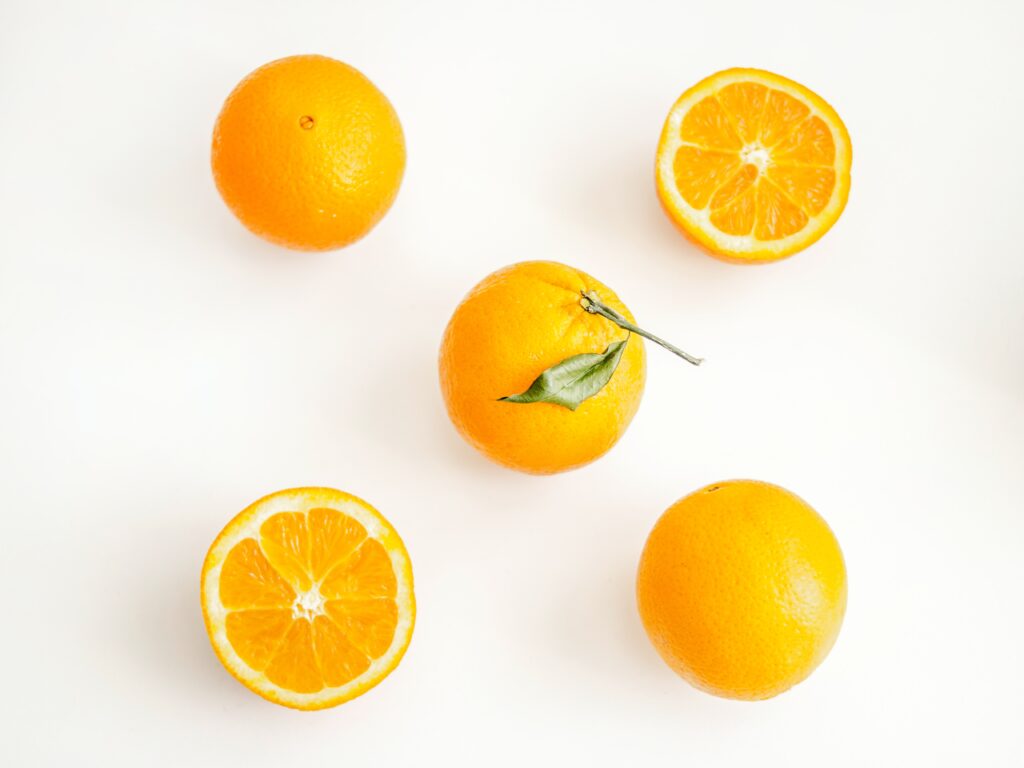
Best Way to Juice an Orange
To juice an orange using a juicer, follow these steps:
Wash the orange
Rinse the orange under running water to remove any dirt or residue.
Cut the orange
Cut the orange in half crosswise, so that you have two equal halves.
Prepare the juicer
Make sure the juicer is properly assembled and in place.
Juice the orange
Place one half of the orange cut-side down on the juicer’s feed tube. Turn on the juicer and press the orange down firmly, allowing the juice to flow into the container or glass below. Repeat the process with the other half of the orange.
Enjoy
Your freshly squeezed orange juice is now ready to drink. You can serve it over ice, dilute it with water, or add it to smoothies or other recipes.
Note: Some juicers have a specific attachment for juicing citrus fruits like oranges, which makes the process even easier. Make sure to follow the manufacturer’s instructions for using your particular juicer.
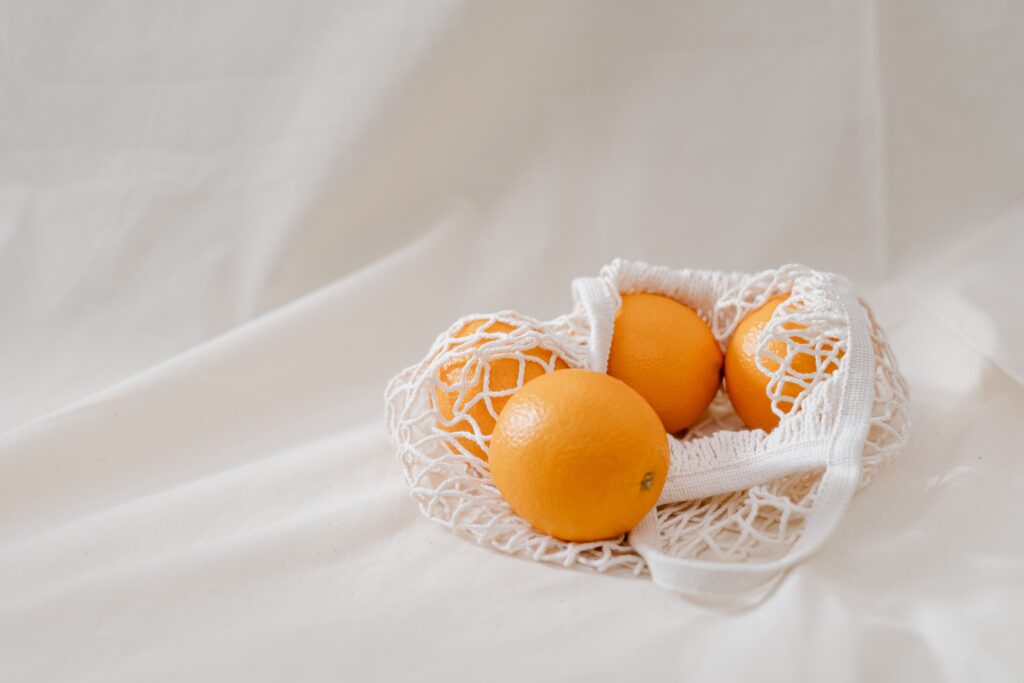
How to store oranges
Storing oranges properly can help to extend their shelf life and ensure that they remain fresh and juicy.
Here are some tips for storing oranges:
Room temperature
Store oranges at room temperature away from direct sunlight. This will help to preserve their flavor and prevent them from getting overripe or spoiling too quickly.
Refrigerate
If you prefer your oranges to be chilled, you can store them in the refrigerator. Be sure to store them in the vegetable crisper, as this will help to prevent moisture buildup and extend their shelf life.
Whole or cut
If you have already cut an orange, it’s best to store it in an airtight container in the refrigerator to prevent it from drying out. Whole oranges can be stored at room temperature or in the refrigerator, depending on your preference.
Avoid ethylene exposure
Oranges are sensitive to ethylene gas, which is produced by certain fruits and can cause them to ripen too quickly. To prevent this, store oranges away from ethylene-producing fruits, such as apples and bananas.
Don’t wash before storing:
Oranges should be stored unwashed, as the skin can help to protect the fruit and prevent moisture buildup. If you do wash an orange before eating it, be sure to pat it dry before storing.
By following these tips, you can help to keep your oranges fresh and juicy for longer. Whether you’re storing whole or cut oranges, be sure to keep them in a cool, dry place away from direct sunlight to ensure that they remain fresh and flavorful.

Christopher is a food and lifestyle expert, recipe developer and the content creator behind May Eighty Five. With years of experience in the kitchen, he also shares tips, tricks and how to’s that he has learnt over the years. Every week, he shares quick, simple and mostly healthy recipes along with some home and entertaining tips. You will find flavorful cocktails, delicious appetizers, tasty mains and some indulgent desserts. As a home decor enthusiast, he also likes to share simple DIY projects and simple tips for a beautiful home.




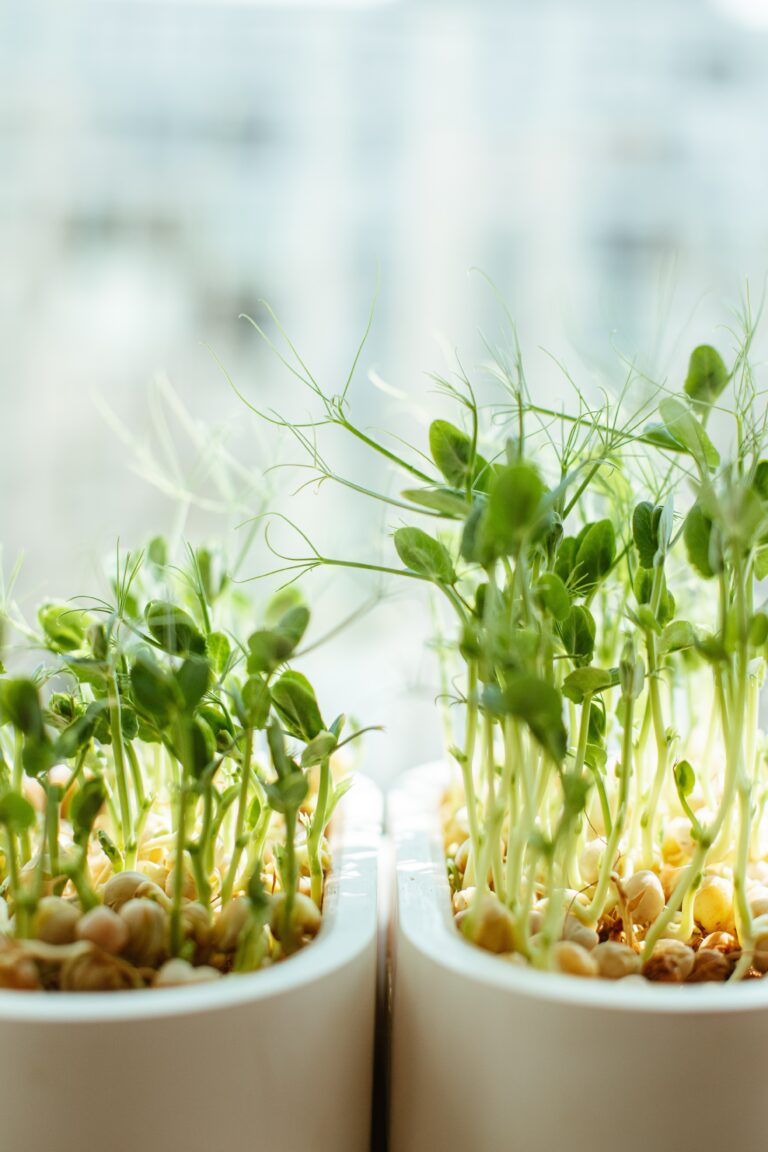



3 Comments